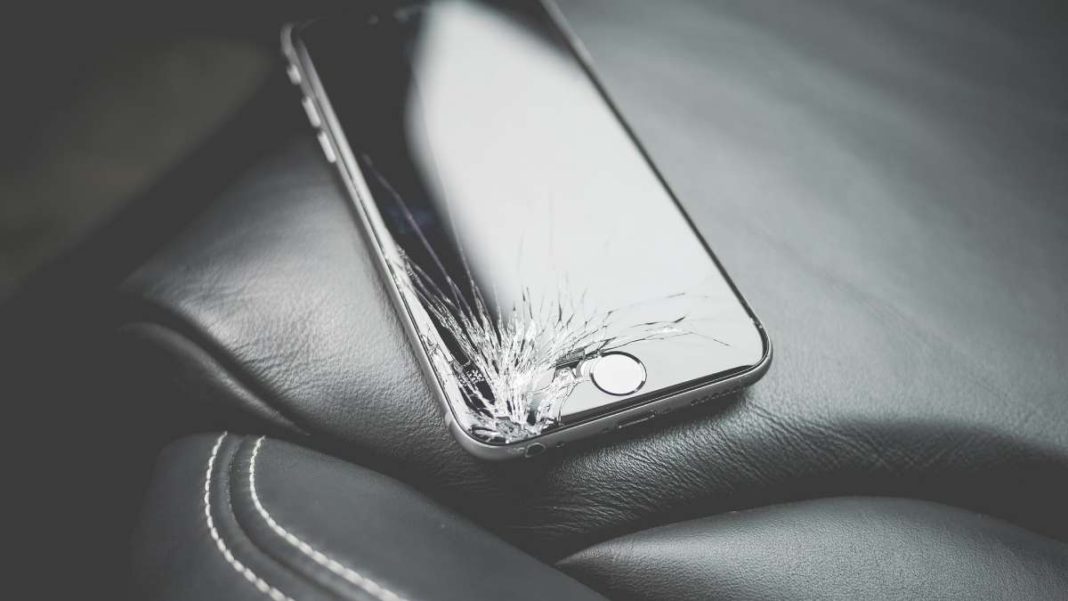UNITED STATES: The future of smartphones is set to become more resilient as analysts predict that self-repairing displays could soon become a reality, revolutionizing the mobile industry. Building on a concept that dates back to 2013, when LG’s G Flex showcased a self-repairing back panel, new reports suggest that self-healing technology is on the horizon.
According to recent reports, leading smartphone brands are actively working on developing displays with “self-healing” capabilities. These displays are expected to feature a special “nano-coating” on the surface that, when scratched, can react with the surrounding air and moisture, effectively filling in minor imperfections.
Chief Analyst Ben Wood, in a statement to the media, emphasized that this technology is not science fiction but rather a tangible innovation. However, the challenge remains in managing consumer expectations. Self-repairing displays are unlikely to fix completely shattered screens but rather address day-to-day wear and tear, including minor scratches.
While LG’s G Flex was a pioneering effort, little information was shared with the public about how this self-repairing technology was achieved. Recent developments in display technology have provided renewed hope for the concept’s realization. Brands like Motorola and Apple have filed several patents related to self-healing display technology.
Their approach involves shape-memory polymers that, when exposed to slightly elevated temperatures, can automatically mend scratches and cracks on the screen.
Apple, in particular, is rumored to be exploring this technology for its upcoming foldable iPhone, which could be a significant step forward in mobile device durability and longevity.
However, there is a caveat to this exciting development. The initial cost of production for smartphones equipped with self-repairing displays is expected to be relatively high. As such, this technology will likely be confined to high-end flagship models in its early stages.
Over time, as production costs decrease and the technology matures, it is expected to gradually become available in budget and mid-range smartphones.
The ultimate success of self-repairing display technology depends on its reception among consumers. For it to become mainstream, phones featuring this innovation must attain commercial success, creating a new standard for durability in the mobile industry.
Also Read: Study Reveals Half a Billion Inexpensive Electronics Items Discarded in UK Landfills Annually



